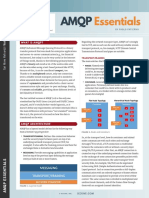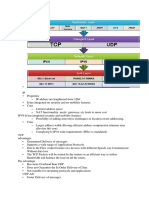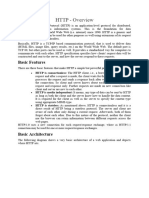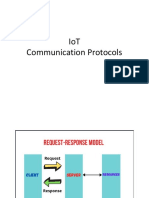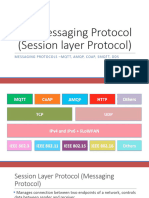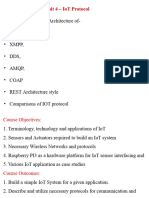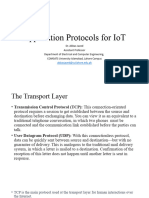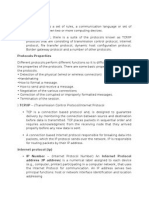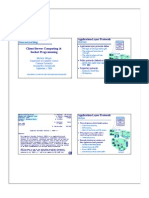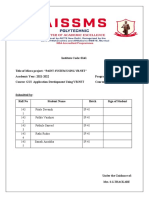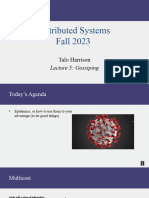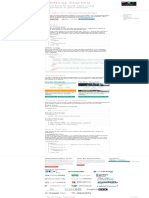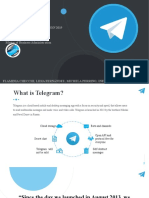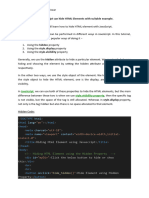0% found this document useful (0 votes)
14 views14 pagesSelf Study Topics 1
The document provides an overview of various communication protocols including HTTP, HTTPS, AMQP, and XMPP. It details the functionalities, features, and operational principles of these protocols, emphasizing their roles in secure data transfer, message queuing, and real-time communication. Key aspects such as statelessness in HTTP, encryption in HTTPS, and interoperability in AMQP are highlighted, along with the structure and terminology used in these protocols.
Uploaded by
bataviyaharsh511Copyright
© © All Rights Reserved
We take content rights seriously. If you suspect this is your content, claim it here.
Available Formats
Download as PDF, TXT or read online on Scribd
0% found this document useful (0 votes)
14 views14 pagesSelf Study Topics 1
The document provides an overview of various communication protocols including HTTP, HTTPS, AMQP, and XMPP. It details the functionalities, features, and operational principles of these protocols, emphasizing their roles in secure data transfer, message queuing, and real-time communication. Key aspects such as statelessness in HTTP, encryption in HTTPS, and interoperability in AMQP are highlighted, along with the structure and terminology used in these protocols.
Uploaded by
bataviyaharsh511Copyright
© © All Rights Reserved
We take content rights seriously. If you suspect this is your content, claim it here.
Available Formats
Download as PDF, TXT or read online on Scribd
/ 14

